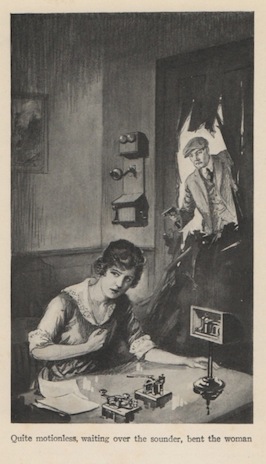Colby Cosh is right, I should really be paying attention to last week's court ruling about the Conservative Party database being used in voter suppression. It's just that the mass of Mike Duffy has so much pull. The fall of "Old Duff" – a term of endearment I've heard from his mouth but no other – mixes Leacockian whimsy with black humour and conspiracy worthy of a Richard Condon novel. Each day a new chapter.
Given all the excitement, our overtaxed journalists can be forgiven for having paid so little attention to the Bank of Canada's attempt to suppress the image above. The work of cartoonist Dan Murphy, I thought it silly fun, until I read this email he received from a bank employee:
 |
| (cliquez pour agrandir) |
Good morning to you, too!
I dare say that Ms Jenkins' claim would not stand up in court. But don't take my word for it,
look instead to Ariel Katz of the University of Toronto's School of Law.
There's not much I can add to Prof Katz's observation, except to say that Senior Analyst Jenkins is not so senior that she can remember 2006, when Ralph Bucks began appearing on the streets of Calgary, Edmonton and Red Deer.
The Alberta currency was just another example of a Canadian tradition that stretches back at least half a century.
If Ms Jenkins is correct, even the old Progressive Conservative Party ran afoul of the law.
My favourite of all these faux bills is that 80¢ True Dough. I grabbed the image
– "Copyright: Unknown"
– from the Library and Archives Canada website. Ms Jenkins may wish to send them a letter. Better yet, why not visit? The LAC is just across the street from the Bank of Canada, located conveniently next to the Supreme Court.




























